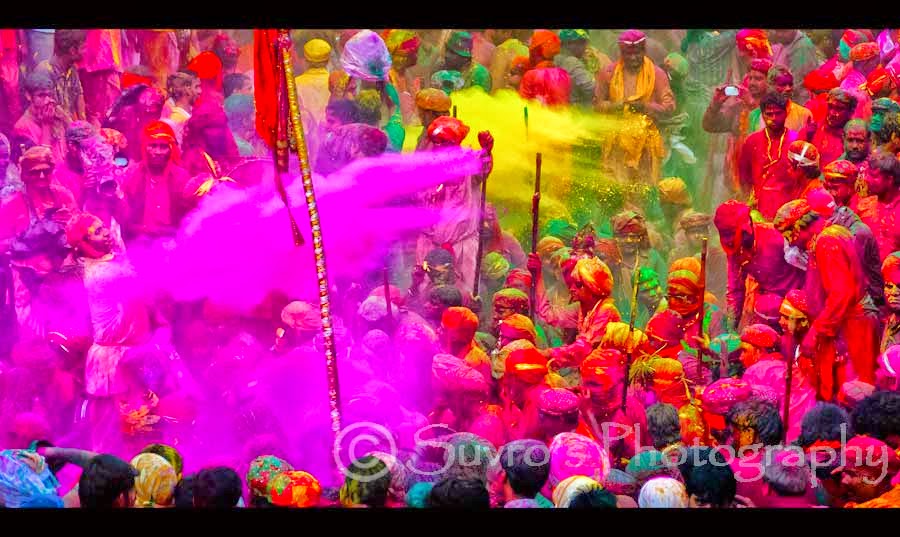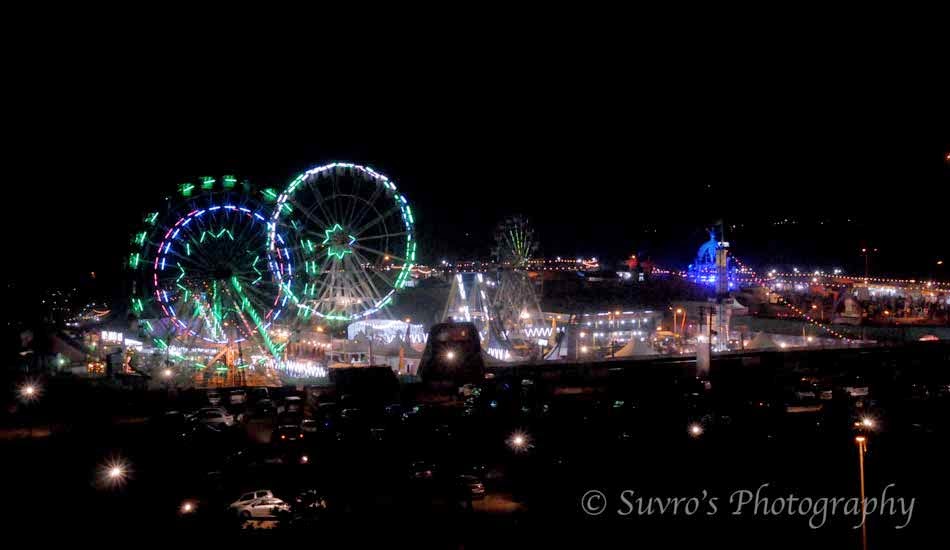A story of Fathepur-Sikri and Akbar
The story of Sheikh Salim Chisti Darga and Mughal Emperor Akbar’s links with it !
Near Agra and Keoladeo National park, there is a World Heritage Site, which is the palace of Mughal Emperor Akbar and adjacent the tomb of Seikh Salim Chishti, which surprisingly shares the same wall, but it is still now is a personal property. The ancestors of Sheikh Salim Chisti still stay in the compound.
Each time I visited the pace for a weekend long drive, came to know little bit from each guide and then read more to know some more. Each part of it was more interesting more the interesting story.
Salim Chisti, leading his Shaikzada Division, fought in the Battle of Haldighati for Akbar, against Maharana Pratap, that’s another story. Salim Chishti was a greatly worshiped Sufi Mystic who, it was thought by many, could perform wonders, which very truly in 2012 is also showing the wonders in all means.
The Mughal Emperor the great visionary ‘Akbar-e-Azam’ (Inhsah Allah) went to the shrine of Hazrat Ashraf Jahangir Semnani, But, had received inspiration to go to see Salim Chishti somehow. So, Akbar came to the holy man's camp deep in the desert of Rajasthan, seeking a male heir to his throne. Salim Chishti blessed Akbar and soon after that the first of three sons were born. The first son was named ‘Salim’ (later emperor Jahangir) in honor of Sheikh Salim Chishti. Ironically a daughter of Sheikh Salim Chishti, was the foster mother of Emperor Jahangir, which is found rarely, even by browsing the history books reputedly. It is said that the emperor was too attached to his foster mother, as reflected in the Jahangirnama. He was extremely close to her son Qutb-ud-din Khan Koka, who was made the governor of thethen ‘Bengal’ and his descendants are still to be found in Sheikhupur, Badaun.
Sounds interesting? Let’s move a bit further inside the story!
Akbar (being a great a great lover of Sufi music) held the Sufi in such high regard that he had a great city Fatehpur Sikri built around the Sufi Saint's camp. Akbar relocated his Mughal Court and Courtiers in Fathepur. But, unfortunately a shortage of water is said to be the main reason for the city had to be abandoned. Now although the city is in remarkably good condition and one of the main tourist attractions of Indian ancient history lovers.
But, our today’s story is of Sheikh Salim Chisti next comes the Royal story of Akbar’s palace, in the next story will come next !
The Tomb of Sheikh Salim Chishti was famed as one of the finest examples of Mughal architecture in India. It was built sometime between 1580 and 1581, it is faced south, towards Buland Darwaza and It enshrines the burial place of the Sufi saint, Salim Chisti (1478 – 1572) and also a descendant of Khwaja Moinuddin Chishti of Ajmer, Rajanthan who lived in a cavern on the ridge at Sikri. The mausoleum was constructed by Akbar as a mark of his respect for the Sufi saint, who foretold the birth of his son, Prince Salim after him and succeeded Akbar to the throne of the Mughal Empire, as Jahangir.
I read that the tomb of Shaikh Salim was originally built with red sandstone but later converted into a beautiful marble tomb. Salim Chishti's Mazar is in the middle of The Emperor's Courtyard at Fatehpur Sikri.
It is believed that by offering prayers at this Mazar whatever one wishes will definitely get fulfilled. Especially childless women, continue to pray on bended knees before his tomb for getting an heir.
There is also a ritual of tying a thread at the marble windows of this Dargah to in order to have one's wishes fulfilled and consequently many threads can be seen to be tied there. After the wishes are fulfilled one needs to go back, to unknot thread to give the respect to the Khowaja. The ancestral house of Shaikh Salim Chishti, has now a large Sun motif at its main door and inside the tomb has a beautiful array of impressive stone screen and exquisitely carved herring bone roof it is attached to the first building built in Fatehpur Sikri, is known as "Sangtarash mosque" or Stone Cutter's mosque. There is a wonderful drainages system in the tomb, made in a Marble column.
Fatehpur, the mosque was first built by the local stone cutters in honor of Salim Chishti, with some beautiful architectural features, marking the incorporation of indigenous architectural styles in the construction. When visited, lot of them tried to give the belief then they are the real ancestors and try to sell their artwork. They are nice too, sometimes !
Last part of Salim Chishti's mazar is one of the most notable accomplishments of Mughal architecture and where no particular religion comes, not Hindu not Muslims and not Christians, it’s for the humanity.
A faith is which is believed in when we are weak, but often forgotten it in other circumstances till the year 2012!!
Akbar used to come from his adjacent palace to the shrine for his daily prayers when he used to be in the palace.
Surpassed only in reputation and is flanked by the massive Buland Darwaza or Victory gate on the southern side facing which the tomb is faced. The Badshahi Darwaza or Emperor's gate on eastern side is a grand of the mosque as well as by courtyards.
A pool reflecting the mosque and other tombs. Emperor's gate on eastern side and a grand mosque Jama Masjid on western side, as well as by courtyards, a reflecting pool and other tombs. Construction commenced in 1571 and the work was completed fifteen years later.
Love Exit of Anarkali
It is believed that Anarkali - love of Salim's life went through this door and left for Delhi !
Buland Darwaza meaning 'Height' or 'great' gate’. It is also known as the "Gate of Magnificence". Buland Darwaza or the loft gateway was built by the great Mughal emperor, Akbar in 1601 A.D. at Fatehpur Sikri. Akbar built the Buland Darwaza to commemorate his victory over Gujarat. An inscription on the central face of the Buland Darwaza throws light on Akbar's religious broad mindedness.
The Buland Darwaza is made of red and buff sandstone, decorated by carving and inlaying of white and black marble and towers bove the courtyard of the mosque. The Buland Darwaza is semi octagonal in plan and is topped by pillars and chhatris with Buland Darwaiosks on the roof, stylized battlement and small turrets and inlay work of white and black marble. On the outside a long flight of steps sweeps down the hill giving the gateway additional height.
A Persian inscription on eastern archway of the Buland Darwaza records Akbar's conquest over Deccan in 1601. It is 40 metres high and 50 metres from the ground level. The total height of the Structure is about 54 metres from the ground level which is a 15-storied high gateway that guards the southern entrance of the city of Fatehpur.
As said, it’s another story coming next .. Akbar’s Mahal of Fathepur-Sikri !










Excellent photos....interesting nuggets of info....good effort overall!!!
ReplyDelete